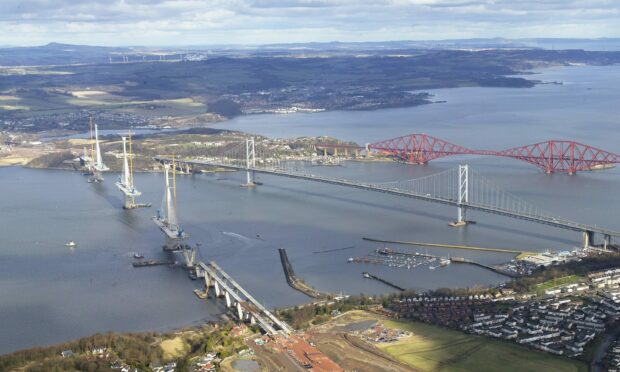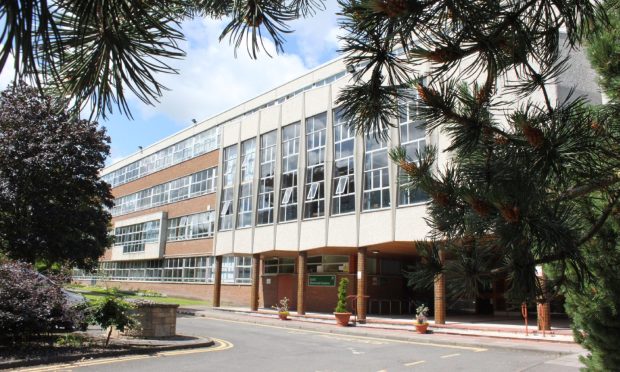A drive to boost international tourism around the Forth bridges has been branded too Edinburgh-centric.
Fife councillors are concerned the Forth Bridges Tourism Strategy focuses too much on the south side of what they have dubbed “a Fife bridge”.
They have called for the northern shore to be given a bigger role in the promotion of the unique national asset, which includes the iconic rail bridge — a Unesco world heritage site.
Plans include a dramatic 100 metre-high viewing platform with unparalleled views of the three bridges as well as a “welcome hub” containing creative exhibitions, both of which will be at the south end.
Other suggestions involve extending the Edinburgh Days Out travel pass to the area, improving cruise liner and berthing facilities at South Queensferry and changing the name of Dalmeny Station to Forth Bridge Station.
The ultimate goal is to achieve world host destination status for the area.
A new document, created by the Forth Bridges Tourism Group, chaired by Fife Council’s Sandra Montador-Stewart, says the bridges will provide the anchor for a wider visitor offering and expresses hope tourists will go on to visit North Queensferry and Dunfermline.
But while Fife will be involved in promoting the bridges and interpretation signs will be placed in North Queensferry and the northern routes in, the document contains very little else specific to the region.
Labour councillor Ian Cameron said: “When I think about the bridges I think they are owned by Scotland, then they are owned by Fife.
“When I read through this it seems to me they are owned by Scotland, then Edinburgh, then Fife.”
He added: “I don’t see how the north is getting any emphasis. We could be grabbing this as a world heritage site for us and Edinburgh could be part of it.
“It’s on our doorstep. It’s a Fife bridge and that’s not reflected in this.”
Lib Dem Jane Ann Liston described it as a “missed opportunity”, while Conservative Mino Manekshaw said: “At this moment I see this as heavily Edinburgh-centric and I can’t possibly support it for this very reason.”
Labour member Altany Craik, convener of Fife Council’s economy, tourism, strategic planning and transportation committee, agreed, stating: “The northern side is the best way to experience the bridges in my view,” he said.
“It’s a collaborative effort and we should be pushing to have as much in Fife as we can.”
SNP councillor John Beare insisted Fife was not being forgotten and said he understood the aim of the strategy was to bring tourism from Edinburgh across the Forth.
“The challenge is a lot of infrastructure is already on the south side,” he said.
“It’s a starter and if we can drive more tourism out of the centre of Edinburgh to Fife then all good.”










